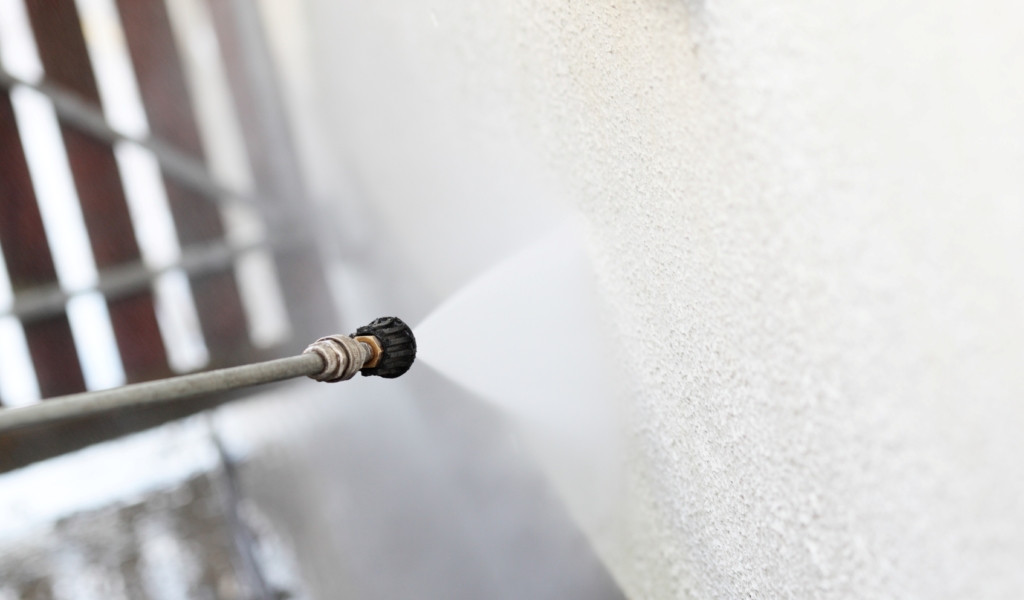Pressure-washing tips for paint pros this exterior painting season
 With the exterior painting season in full swing, there are many pros who prefer to pressure wash as a first step to prepping a surface for paint or stain. Pressure-washing strategies have evolved through the years and gone are the days of cranking up the machine to 4000 PSI and potentially damaging the surface. A gentler approach is definitely embraced today.
With the exterior painting season in full swing, there are many pros who prefer to pressure wash as a first step to prepping a surface for paint or stain. Pressure-washing strategies have evolved through the years and gone are the days of cranking up the machine to 4000 PSI and potentially damaging the surface. A gentler approach is definitely embraced today.
“Over the years, we’ve become better pressure washers because we rely more on chemicals to clean as opposed to high pressure to strip a porous surface,” said Christian Militello, owner of Militello Painting & Powerwashing, in Philadelphia.
A GENTLER APPROACH
Using high PSI can damage the surface, especially wood like aging soffit, fascia or wood siding. Just like Militello, Joe Corley, owner of Clearview Pressure Washing in Missouri, often dials the PSIs down on his machines to about 1000 or even less. Both pros, who are also on the board of the Power Washers of North America (PWNA), say if you get the right detergents and allow them to work their way into the surface, the surface can then be easily rinsed without the need for high pressure.
Corley uses a sodium percarbonate solution for wood surfaces. Militello has formulated a bleach, water and soap mixture that he has used for some time, although he cautions watching which soap you choose as some may contain ammonia and can be toxic when combined with bleach.
Corley works with a lot of vinyl siding and some concrete surfaces, too. He likes to use a 1.5% sodium hypochlorite solution in these situations, sometimes adding surfactant soap. With ample time to dwell on the surface, it kills contaminants and organic materials.
ANGLES, MOISTURE LEVELS
Corley also teaches his crews not to blast the water straight onto the surface in order to avoid streaking. “We train our guys to get at an angle and push the water in one direction,” he said.
After you’ve finished pressure washing, pay attention to surface moisture before applying a paint or stain, Militello noted. For most paints or stains, less than 12.5% moisture should be adequate for applying a coating, but he also advises checking data sheets on the coatings you’re using.
“Just like anything else, education is key when you’re power washing,” Militello added. “Do your research and ask questions.”
For more pressure washing tips, visit PWNA.org. And for other articles on prep techniques, visit inpaintmag.com



